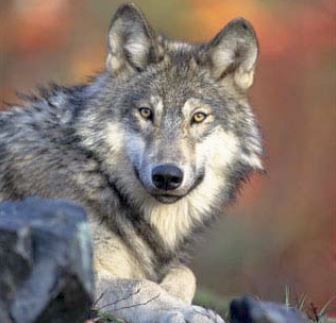
The State of Utah applauds the delisting of the gray wolf from the Endangered Species Act (ESA). States are often best positioned to appropriately manage wildlife populations. With the number of wolves growing across the West, we believe it is time to allow the states to take the helm. Utah has shown great success in growing and maintaining wildlife populations statewide, and we anticipate similar success in managing wolf populations.
Utah currently faces unique challenges related to wolf management under the ESA. Until now, wolves had been delisted in just a small portion of northeastern Utah. Outside of that area, they were protected under the federal ESA and management was the responsibility of the U.S. Fish and Wildlife Service. Under this nation-wide delisting, wolves will be managed under a statewide management plan to guide the reestablishment of wolves in Utah.
Actions by neighboring states have complicated Utah’s ability to manage gray wolves under the ESA. For example, a current Colorado ballot initiative calls for Colorado Parks and Wildlife to implement a reintroduction of wolves west of the continental divide. If wolves enter Utah from Colorado, DWR must have the ability to manage them or there could be significant conflicts with agriculture and wildlife populations. Moreover, we are also concerned about the potential impacts of Colorado’s proposed introduction of gray wolves on the genetic integrity of the endangered Mexican wolf population in New Mexico and Arizona, and the ESA status of any intergrade wolves (hybrids of subspecies).
Utah’s Wolf Management Plan can be found here.